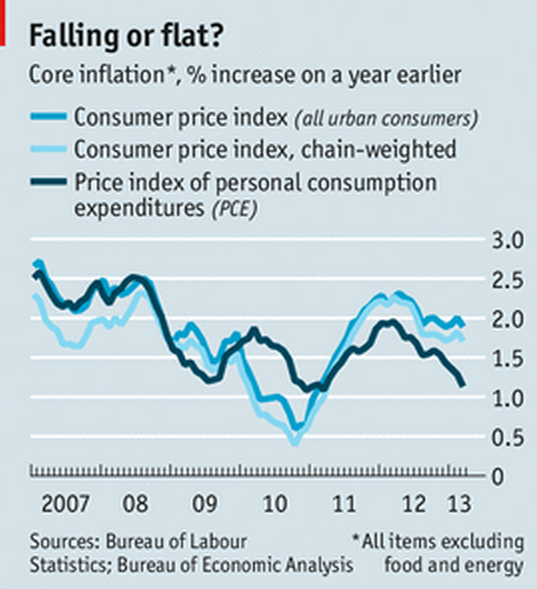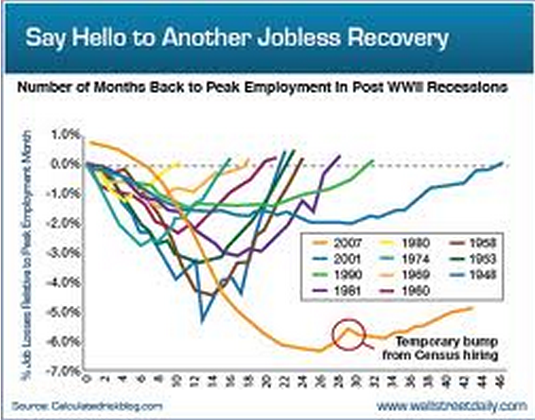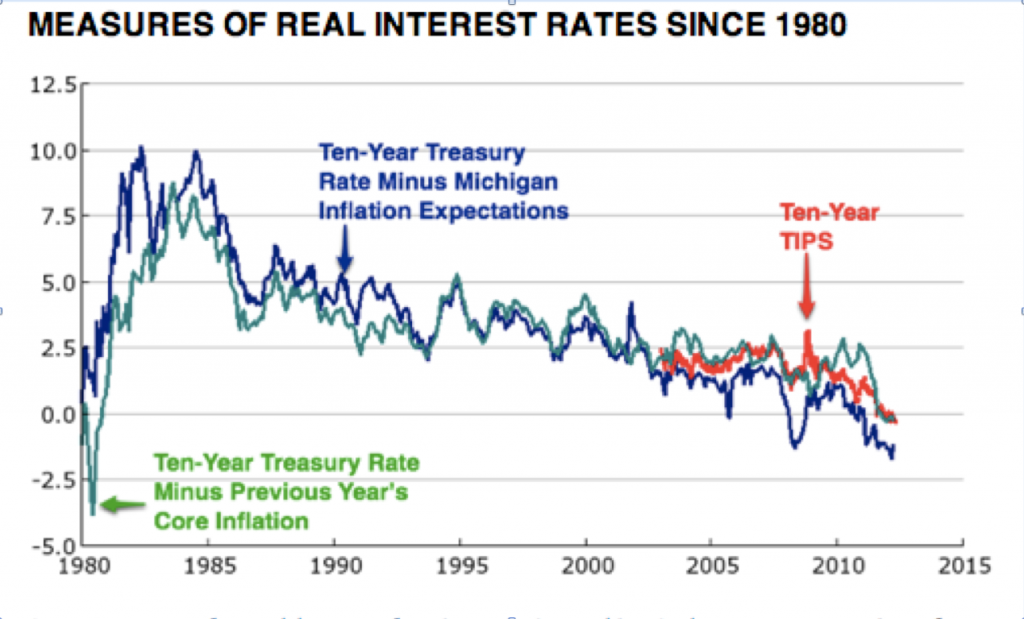Money multipliers: Nominal, real, and imaginary
Economics is full of “multipliers.” One generally shouldn’t take them too seriously, as all sorts of economic forces will impact the relationship between any two variables, and hence multipliers will rarely be stable over time. I’ve discussed the fiscal multiplier ad nauseum. The crude quantity theory of money (assuming constant V) is a sort of multiplier model, where V is the multiplier linking the money supply and NGDP. And then there are the monetary aggregate multipliers (deltaM/deltaMBase), which are almost never explained correctly.
1. Let’s start with the nominal money multiplier. Suppose the Fed decides to increase the base by 173% over the next 40 years, how will that affect various nominal aggregates? The most likely answer is that NGDP, and all nominal components of NGDP, will be 173% larger in 40 years than if the Fed didn’t increase the base at all. (Strictly speaking this is not exactly correct for large differences, because of hysteresis, but it’s close enough to get my point across.)
This means that in 40 years NGDP will be 173% larger than otherwise, and the size of the toaster, pedicure and banking industries will also be 173% larger than otherwise. In that case there are “multipliers” for the toaster, pedicure and banking industries, although they aren’t very interesting. This does NOT mean the three aforementioned industries will grow by 173%–far from it–rather that they will be 173% larger than otherwise.
2. At the other extreme one can think of all sorts of real factors that influence the REAL size of the banking industry, which have nothing to do with monetary policy or NGDP. Thus start with an economy that has no banking industry–perhaps due to usury laws. Then a renaissance happens, and a banking industry springs up. In that case the deposit base may grow enormously, even without any increase in NGDP or the monetary base. The bankers would bid base money (cash) away from the public by offering higher interest rates, and once that cash got into the banking system it would provide the raw materials for a large quantity of deposits, loans, etc. In this scenario it makes no sense to talk in terms of “money multipliers,” as there is no increase in the monetary base.
If these were the two relevant factors, the actual situation would be somewhat complex, but at least easy to talk about. Both real and nominal shocks would be going on all of the time, and the actual outcome would reflect some combination of those shocks.
3. Alas, the actual situation is far more complex, and this is where things get controversial. Because prices are sticky, monetary injections have all sorts of short run real effects. Most notably, a one-time increase in the base can reduce the short term nominal interest rate (liquidity effect.) In that case you might get a short run “real multiplier” effect coming from a monetary shock. For instance, suppose the base rose by 6%. Let’s say that reduces short term rates from 5% to 3%. At the lower rates the public is willing to hold 6% more non-interest bearing base money. (Add in IOR and things get even trickier.) Does that mean M1 and M2 rise by exactly 6%? Probably not, because as interest rates fall the relative preference for currency and bank deposits will change, and in addition banks will want to hold slightly more excess reserves. Nonetheless, the monetary aggregates might well increase, and if nominal interest rates are positive the aggregates will probably increase by more than the base. So the “multiplier” might well exceed one.
There’s a lot of discussion about whether deposits cause loans or loans cause deposits. So far as know all those discussions are basically useless, because they don’t distinguish between the three types of changes discussed above (monetary nominal, banking real, and monetary real.) The actual outcome is incredibly complex, but it will help to start with a few basic principles:
1. Loans and deposits are complements in production, like wool and mutton. Thus there is at least some causation going in both directions, just as with wool and mutton. But it’s certainly possible that most of the causation goes in one direction.
2. Balance sheets are complex. When loans increase you can increase deposits, or increase other forms of bank borrowing, or decrease bonds (on the asset side of the balance sheet.) Ditto for an increase in deposits, it can lead to more loans, or more bonds, or less bank borrowing. Capital requirements can impose some limits to this sort of substitution.
3. Thinking about the process in a “mechanical” way is not helpful. Thus it doesn’t matter whether the first round effect of a loan is to create an equal-sized deposit; what matters is the medium-term effect on the various aggregates within the financial system (after everyone has optimally adjusted their portfolio.) Never, ever, ask a banker to explain the money supply process.
4. When thinking about the effect of changes in one aspect of the banking system on another, one must first ascertain which of the three factors discussed above is causing these changes. Are bank deposits (or loans) rising because monetary policy is inflating all nominal variables (long run), or because the real size of one component of the banking system is increasing or decreasing due to real factors, or because the injection of new base money has depressed interest rates and thus caused a temporary increase in the real demand for base money, as well as the monetary aggregates?
I don’t recall ever seeing a blogger discuss the full complexity of the process, but instead see lots of catchy cliches that might apply to one situation, but not another.
Caveat emptor.
PS. This is similar to the debate over forex policies, where one rarely see people distinguish between a real exchange rate policy (China) and a policy which affects real exchange rates in the short run, but is purely nominal in the long run (Japan.) Indeed just as with the money multiplier, exchange rates involve three effects:
1. Long run neutrality of M, i.e. QT of Money and PPP.
2. Changes in the real exchange rate due to real policies affecting national saving, investment, etc.
3. Monetary policy having short run real effects on exchange rates because prices are sticky.
So once again debates in this area often involve people screaming at each other that one of those three mechanisms is the “right way” to think about international economics, when in fact all three play a role.




